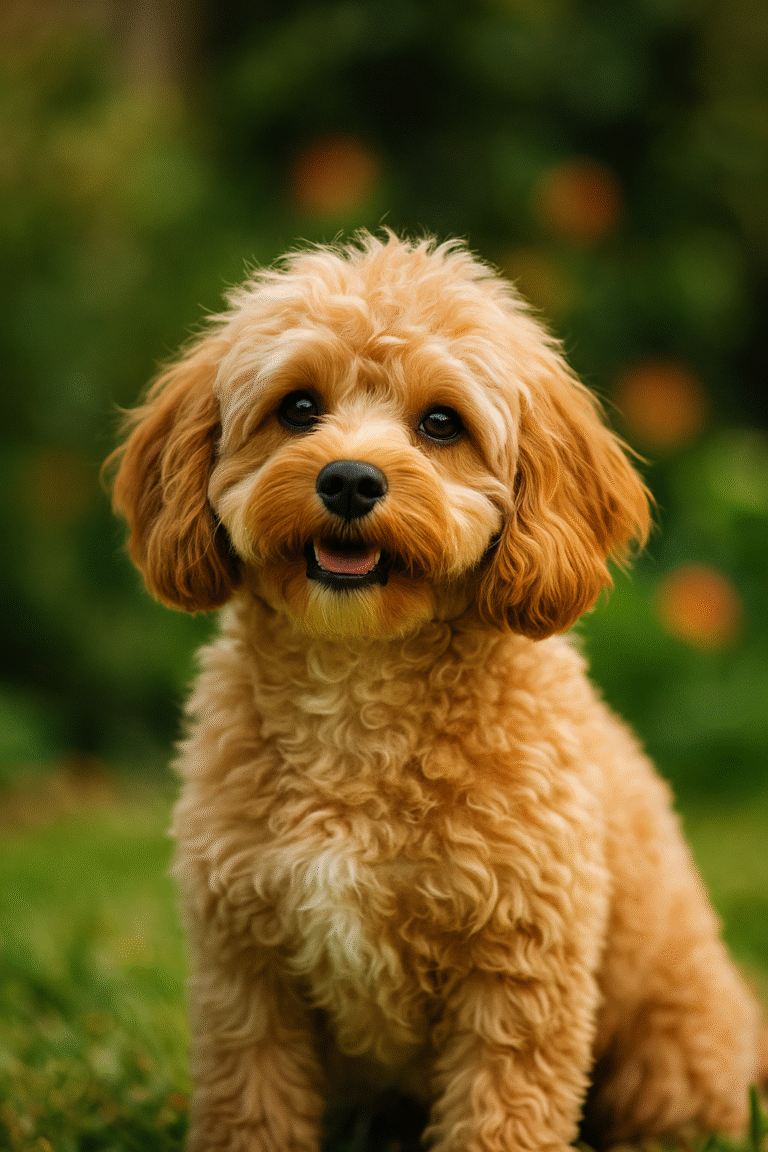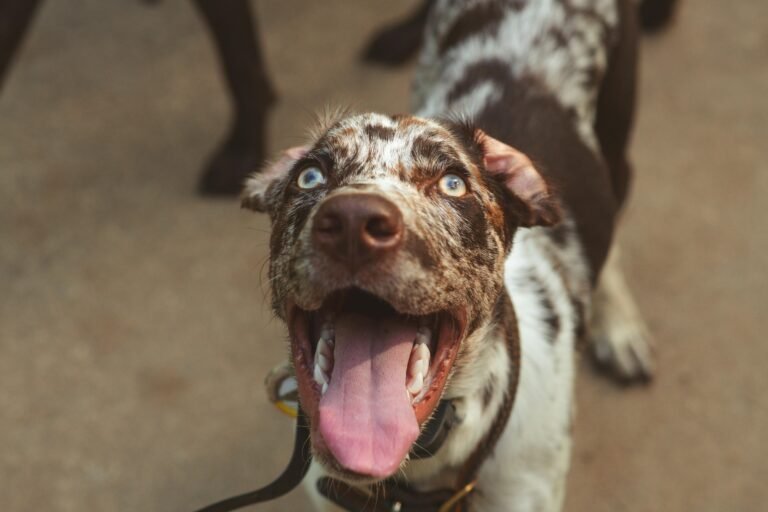The Cavalier King Charles Spaniel is one of the most adored companion dogs in the world, known for its gentle expression, silky coat and affectionate nature. This toy breed brings together centuries of nobility and modern-day family life – they are equally at home curling up on a sofa or trotting gracefully through a park. Cavaliers were originally bred to warm laps in chilly castles, and today they remain devoted lap dogs with an adventurous streak. Their big dark eyes and feathered ears give them a permanently puppy-like look that melts hearts everywhere. In this guide we’ll explore where these little spaniels come from, what they look like, how they behave and the care they need.
History and Origins
The Cavalier King Charles Spaniel traces its roots back to the toy spaniels that accompanied European nobility in the 16th and 17th centuries. Small spaniels were beloved by the royal families of England and were particularly prized by King Charles II, who was rarely seen without several of his “comforter” dogs. Portraits from the era often show royals with long-nosed spaniels lounging beside them. Over time, crosses with Pugs and Japanese Chins produced a flatter-faced dog that became known as the King Charles (or English Toy) Spaniel. By the early 20th century these short-muzzled dogs dominated the breed. In the 1920s, an American named Roswell Eldridge offered prize money at the Crufts dog show for breeders who could produce spaniels that resembled the long-nosed dogs seen in old paintings. His contest spurred the revival of the old-fashioned type, and enthusiasts formed a club for the new “Cavalier” spaniel in 1928. The breed was recognized by the American Kennel Club only in 1995, but it quickly became a favorite family companion.
Physical Characteristics
Cavaliers are classified as a toy breed and stand only 12–13 inches tall at the shoulder. Despite their small size, they have a sturdy, well-balanced body that allows them to enjoy canine sports and long walks. Most adults weigh between 13–18 pounds. The head is slightly rounded with a moderate muzzle, large dark round eyes and a sweet, gentle expression. Long, high-set ears are heavily feathered, and the tail is also plumed and carried gaily. Their silky, medium-length coat is one of the breed’s hallmarks. The coat is straight or slightly wavy and requires no trimming. Cavaliers come in four color patterns: Blenheim (chestnut markings on pearly white), tricolor (black and white with tan points), ruby (solid rich red) and black and tan. Blenheim dogs often have a distinctive chestnut spot on the top of the head known as a “Blenheim kiss.”
Temperament and Personality
One of the reasons Cavaliers are so popular is their consistently loving temperament. They are affectionate, eager-to-please dogs that form deep attachments to their families. Their gentle nature makes them excellent companions for children and seniors alike. Unlike many toy breeds, Cavaliers tend to be outgoing with strangers and are less prone to nervousness or aggression. They often thrive as therapy dogs because they love being touched and snuggled. However, this people-oriented personality means they do not like being left alone for long periods and can develop separation anxiety if ignored. Early socialization helps ensure puppies grow into confident dogs who are comfortable with other pets and new situations.
Exercise and Activity Needs
Although Cavaliers were bred as lap dogs, they still enjoy a moderate amount of exercise. Plan for 30–60 minutes of activity every day through walks, play sessions or canine sports. They love chasing balls in the yard and can excel at agility, rally and obedience. Because of their small size and easygoing nature, they adapt well to apartment living as long as they get regular outings. Avoid intense jumping or jogging with growing puppies, as their bones are still developing. Mental stimulation is just as important as physical exercise, so incorporate puzzle toys and training games into their routine.
Grooming and Maintenance
That luxurious coat does require some care. Cavaliers benefit from a thorough brushing several times per week to remove tangles and loose hair. Regular grooming keeps their fur free of mats and reduces shedding around the house. Check and clean the ears weekly since the pendulous shape can trap moisture and lead to infections. Trim the nails every few weeks and brush teeth frequently to support dental health. Many owners bathe their Cavaliers once or twice a month, but frequent bathing isn’t necessary unless the dog is particularly dirty. Because the hair between the pads grows quickly, trimming this fur can improve traction on slippery floors. Compared with heavily coated breeds, Cavaliers are relatively low maintenance, but consistent care will keep them looking and feeling their best.
Training and Intelligence
Cavaliers are intelligent dogs who are eager to please, which makes training a rewarding experience. They respond best to positive reinforcement techniques involving praise, treats and play. Harsh corrections are unnecessary and can damage their sensitive nature. Start basic obedience training early and teach commands such as sit, stay, come and leash manners. Because they were bred to be close to humans, many Cavaliers have a strong recall instinct, which is helpful during off-leash play. Early socialization classes will expose puppies to different people and dogs and teach them appropriate behavior. House training is usually straightforward, though small bladders mean puppies need frequent potty breaks. With patience and consistency, Cavaliers can earn titles in obedience, rally and agility events.
Health and Nutrition
Like all purebred dogs, Cavaliers are predisposed to certain hereditary health conditions. The most serious is mitral valve disease, a heart condition that affects many toy breeds. Regular veterinary checkups and listening for heart murmurs are essential. Syringomyelia, a neurological disorder, can occur when the skull is too small for the brain; affected dogs show sensitivity around the head and neck. Hip dysplasia and patellar luxation (slipped kneecaps) may also appear in some lines. Eye disorders such as cataracts and retinal problems are another concern. Responsible breeders screen breeding stock to reduce these risks, so always work with a reputable breeder. To support overall health, feed your Cavalier a balanced, high-quality diet appropriate for its size and energy level and monitor food intake to prevent obesity. Treats should make up no more than 10 percent of daily calories. Regular exercise, good nutrition and preventative veterinary care will help your companion thrive.
Is the Cavalier Right for You?
If you’re looking for a small dog with a big heart, the Cavalier King Charles Spaniel is an excellent choice. Their loving disposition and moderate energy level suit a wide range of households, from singles and seniors to families with gentle children. They crave human contact and will happily follow you from room to room. As lap dogs at heart, Cavaliers are happiest when included in daily activities and allowed to share the sofa. They can adapt to city apartments or suburban homes as long as their exercise and social needs are met. If you work long hours away from home or prefer a more independent canine, this breed may not be ideal, since Cavaliers suffer when left alone. For those willing to provide companionship, grooming and regular health care, this charming toy spaniel rewards owners with unconditional affection and a constant wagging tail. Whether you’re strolling through the park or cuddling by the fire, a Cavalier King Charles Spaniel will quickly become a cherished member of your family.






